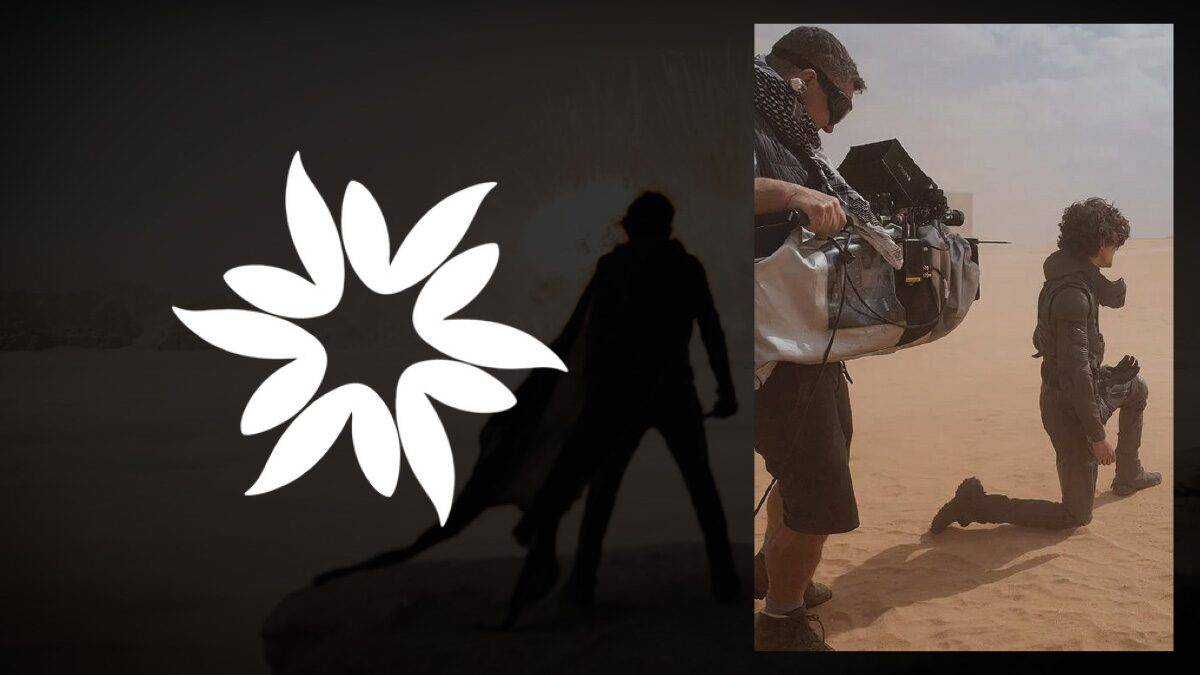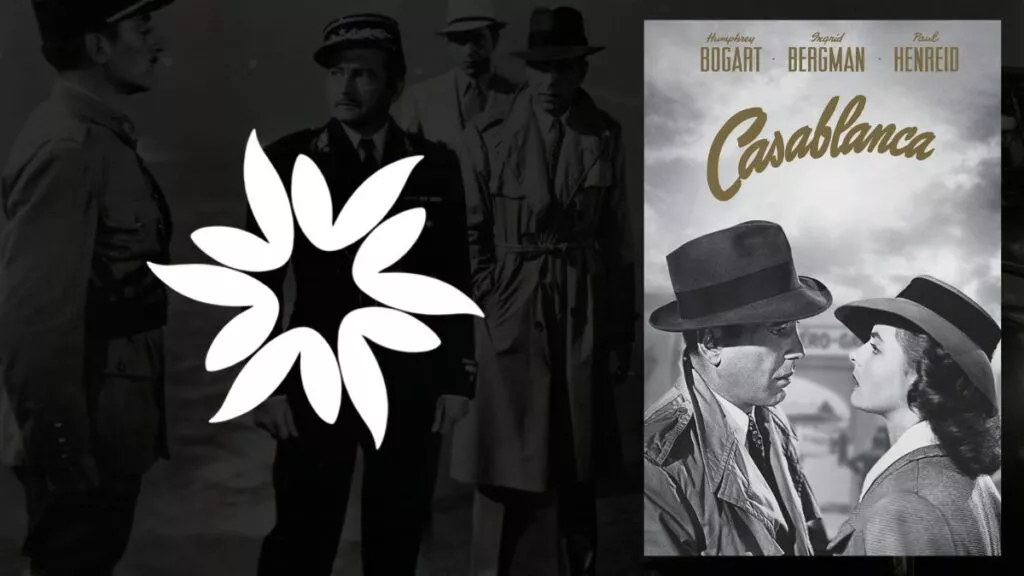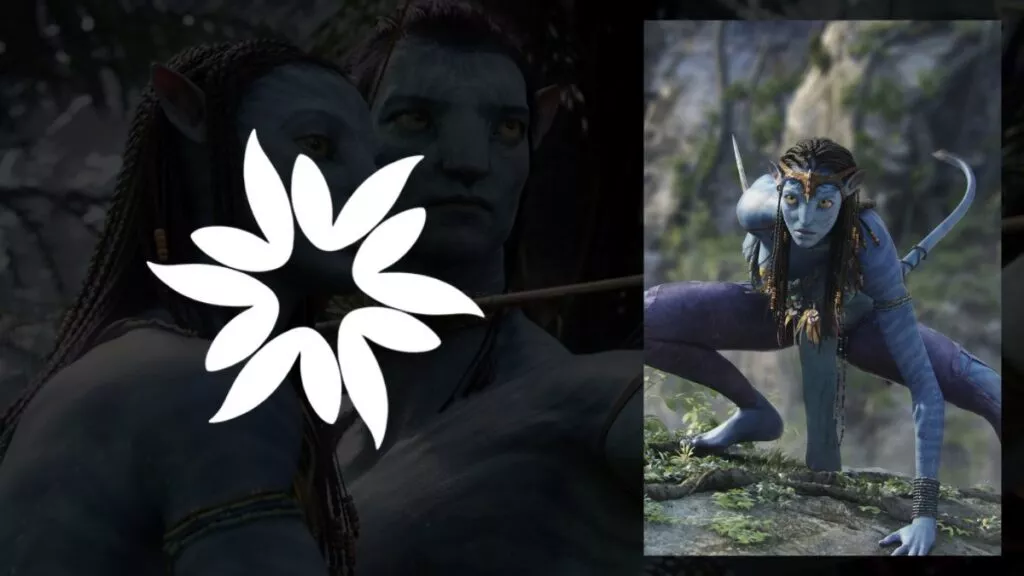Explore the essential differences between Denis Villeneuve’s Dune adaptation and Frank Herbert’s original novel. Discover how character portrayals, plot adjustments, and thematic shifts translate from page to screen in this detailedDune Adaptation: Villeneuve’s Vision vs. Herbert’s Legacy guide.
Key Takeaways
- Character portrayal differences, especially Paul Atreides' character depth and complexity.
- Plot and thematic adjustments, including simplifying political machinations and updates on social mores.
- Changes in character roles and gender, notably Liet Kynes and the depiction of House Harkonnen.
How Denis Villeneuve’s Dune Differs From Frank Herbert’s Book
In Denis Villeneuve’s film adaptation of Dune, Paul Atreides, portrayed by Timothée Chalamet, is depicted as more brooding and sullen compared to the novel’s version. Frank Herbert’s Paul is sharp, watchful, and occasionally playful, always analyzing his surroundings as part of his training. The film emphasizes Paul’s struggle with his destiny and the political and violent whirlwind surrounding him, making him a more visibly haunted character.
How the Movie Shows the Spice’s Power
The movie makes a big change in how it shows Paul dealing with the spice melange. It speeds up how quickly Paul feels the effects of the spice, making him react strongly right away. This is different from the book, where Paul’s experience with the spice and how it boosts his skills happens more slowly. This change in the movie makes it easier to show how important and powerful the spice is in a way that’s easy to see and feel.
How the Movie Shows House Harkonnen
In the movie by Denis Villeneuve, the way House Harkonnen and especially Baron Harkonnen is shown is really different from the book. The movie makes it easy to see them as the bad guys, using pictures and sounds to show how evil they are. This is not the same as in Frank Herbert’s book, where the story suggests that wanting power can make anyone bad, not just the people in House Harkonnen.
Character and Plot Adjustments
In the movie version, they made the story and the key characters in it simpler, leaving out some of the more complicated parts and characters. For example, the story doesn’t spend as much time on the tricky plans and problems between Duke Leto Atreides, the emperor, and the Harkonnens. Also, it doesn’t dive deep into all the secret plots, like the plan to take out Paul or the detailed social life of Arrakis. Instead, the movie focuses more on the main story and action.
Social Mores and Gender Roles
The movie updates parts of the story, especially about Lady Jessica and her place in the Atreides family. It plays down her role as a “concubine” and the negative views tied to it, showing modern ideas about relationships and roles of men and women more than Herbert’s original story, which reflected the social standards and expectations of his time.
Liet Kynes’s Character
A big change in the film is the gender swap of Liet Kynes, the planetary ecologist of Arrakis. In Herbert’s novel, Kynes is a male character, but in Villeneuve’s adaptation, the character is portrayed as a woman by Sharon Duncan-Brewster. This switch not only brings the story’s view of gender up to date but also changes the relationship dynamics between the Fremen people and the Atreides family.
How to Read the Dune Book Series in Order
Reading the Dune series in order is essential for understanding its complex universe, characters, and themes. Begin with Frank Herbert’s original Dune (1965), followed by Dune Messiah (1969), Children of Dune (1976), God Emperor of Dune (1981), Heretics of Dune (1984), and Chapterhouse: Dune (1985). These six books form the core of the Dune saga, penned by Herbert himself. Further extensions of the universe were written by Brian Herbert and Kevin J. Anderson, based on Frank Herbert’s notes, but starting with the original six is key to grasping the epic’s scope and depth.
In summary, while Denis Villeneuve’s version of Dune changes some parts to make it work better as a movie, but it still does a great job of showing the world Frank Herbert created. Whether you’ve been a fan for years or are just getting into the story, both the movie and the books give you a deep and engaging look into one of the most famous science fiction settings out there.








